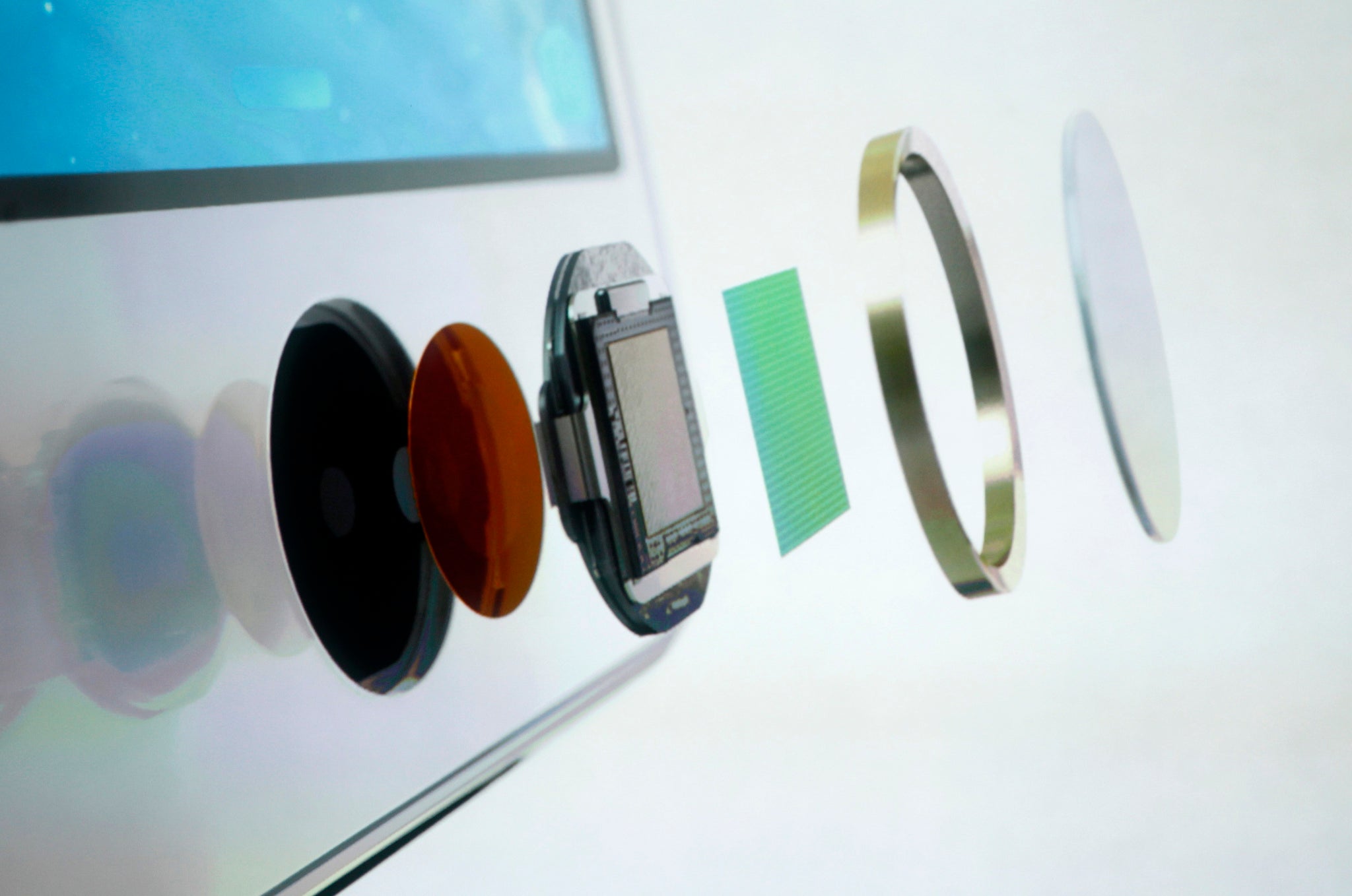Will Apple's fingerprint scanner for the iPhone 5S really kill the password?
'Touch ID' will be the greatest test of biometrics to date; if Apple succeeds then the security industry might follow.

Apple has finally unveiled two new iPhones – the refined and upgraded iPhone 5S and the less-expensive, colourful iPhone 5C – and in the process, confirmed one of the most persistent rumours prior to launch: the inclusion of a fingerprint sensor.
Dubbed ‘Touch ID’, this new technology will be available only for the iPhone 5S, but it has the potential to push biometrics – the practice of identifying individuals via their physical traits and characteristics - into the mainstream.
Many analysts have pointed out that using biometrics in mobile devices isn’t exactly new: Motorola’s Atrix 4G included a fingerprint scanner way back in 2011, and facial recognition apps that unlock your phone are widely available (although these are also fooled by holding up a photograph of your face to the camera).
However, this time it’s Apple’s turn. The company prides itself on ignoring gimmicks and only implementing technologies that are actually useful for the customer: Apple attends to actual needs rather than inventing solutions to problems that don’t exist. However, with so many biometric failures in the past, it's not certain with Apple are innovating or whether they've finally run out of ideas.
Will this be the start of biometrics for all?
Neil Norman, founder of biometrics company Human Recognition Systems described the launch of the iPhone 5S as “the advent of biometrics hitting the mainstream”:
“To date, biometrics has been restricted to security applications, border protection and ‘Big Government’ civil Identity programmes. But the launch of the iPhone 5s with embedded fingerprint biometrics will act as the catalyst for a new phase in the adoption of biometrics by consumers like you and me. The iPhone will bring in the era of consumer convenience and personalisation through automated, electronic personal identification.”
But this ‘era of consumer convenience’ depends on the hardware. Previous implementations of biometric tech have all suffered from unreliability – taking several tries to input a print or being put off by oily skin. And with only half of Apple users even bothering with setting a pass code, it’s been proven that even when it comes to security, users only accept the most frictionless systems.
On this front it seems that Apple is off to a good start: the hardware itself looks seamless, with the fingerprint sensor built right into the home screen button. A cover made from sapphire crystal “protects the sensor and acts as a lens to precisely focus it on your finger” whilst a stainless steel ring surrounding the button detects your finger and activates the sensor.
The scan of your fingerprint is then encrypted and stored on a “secure enclave” in the phone’s central processor. Apple promises that this data is “never available to other software, never stored on Apple’s servers and never backed up to iCloud” and each iPhone can store up to five separate scans, allowing select friends and family to have access to your handset in an emergency.
The sensor itself operates at 500dpi resolution, with Apple claiming that this allows them to scan “sub-epidermal skin layers” – meaning that the scanner will be harder to fool with fake prints (remember, we do leave prints on pretty much everything we touch) and that the sensor won’t be confused by bad skin.
And what about outside of Apple?
Apple’s scanner sounds like it will work fantastically within the iPhone system – unlocking your phone without hassle and authenticating financial transactions – but it’s far from clear whether Apple’s success would influence the security industry as a whole. Mark Urban, Senior Director at digital security firm Blue Coat described the iPhone 5S as “the litmus test for biometrics” but admits that for employers, security goes beyond personal devices.
Whilst the fingerprint scanner might work within Apple’s stores, there’s no guarantee that banks and other financial institutions will want to cede control over their users’ authentication systems by embracing the iPhone’s scanner. Lee Manning-Craik, a director at Added Value consultancy describes the risk to banks as just “too great”:
“It feels like Apple are doing the right thing by making it relevant to their network, and hence their responsibility, rather than taking responsibility on behalf of other businesses, for a system that is as yet, unproven.”
However, if Apple’s system proves as fluid as their adverts suggest then Microsoft and Google will most likely follow their lead and introduce their own sensors. Apple has a habit of taking existing technologies and making them as palatable as possible for a wider audience - and it's this sort of innovation that has made them industry-shakers rather than just any old phone manufacturer. With the iPhone 5S's fingerprint sensor Apple might change the world again.
Subscribe to Independent Premium to bookmark this article
Want to bookmark your favourite articles and stories to read or reference later? Start your Independent Premium subscription today.

Join our commenting forum
Join thought-provoking conversations, follow other Independent readers and see their replies